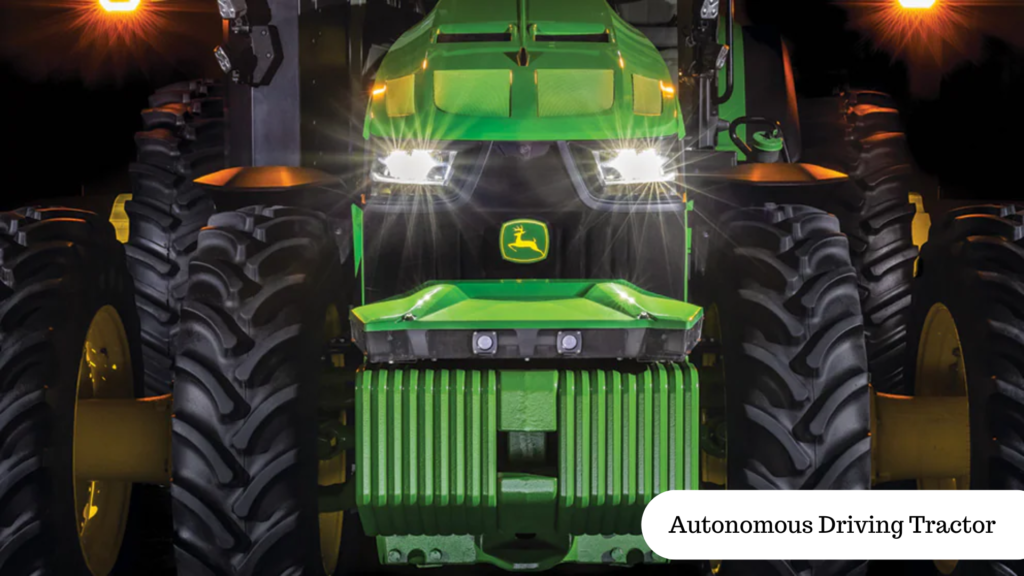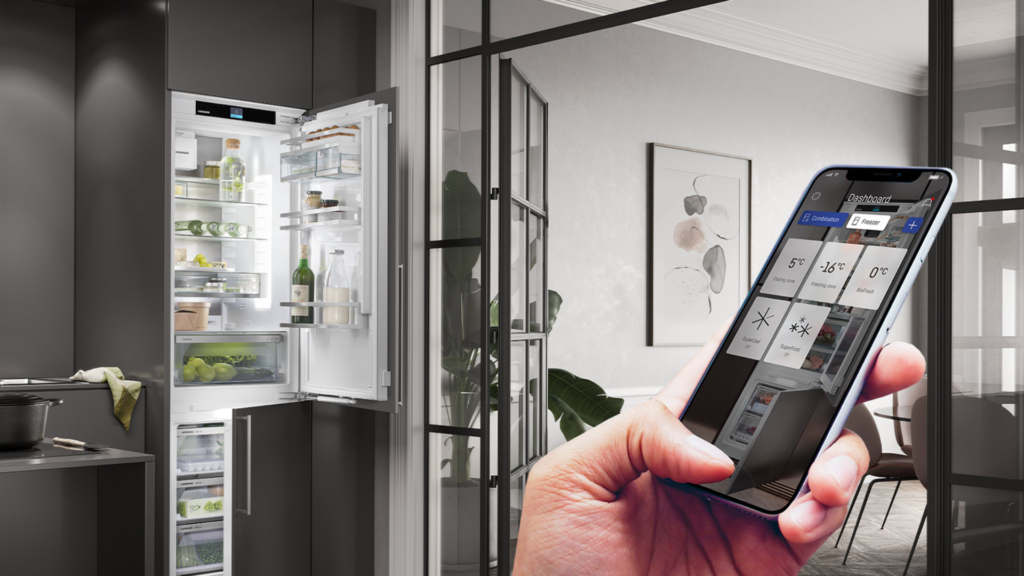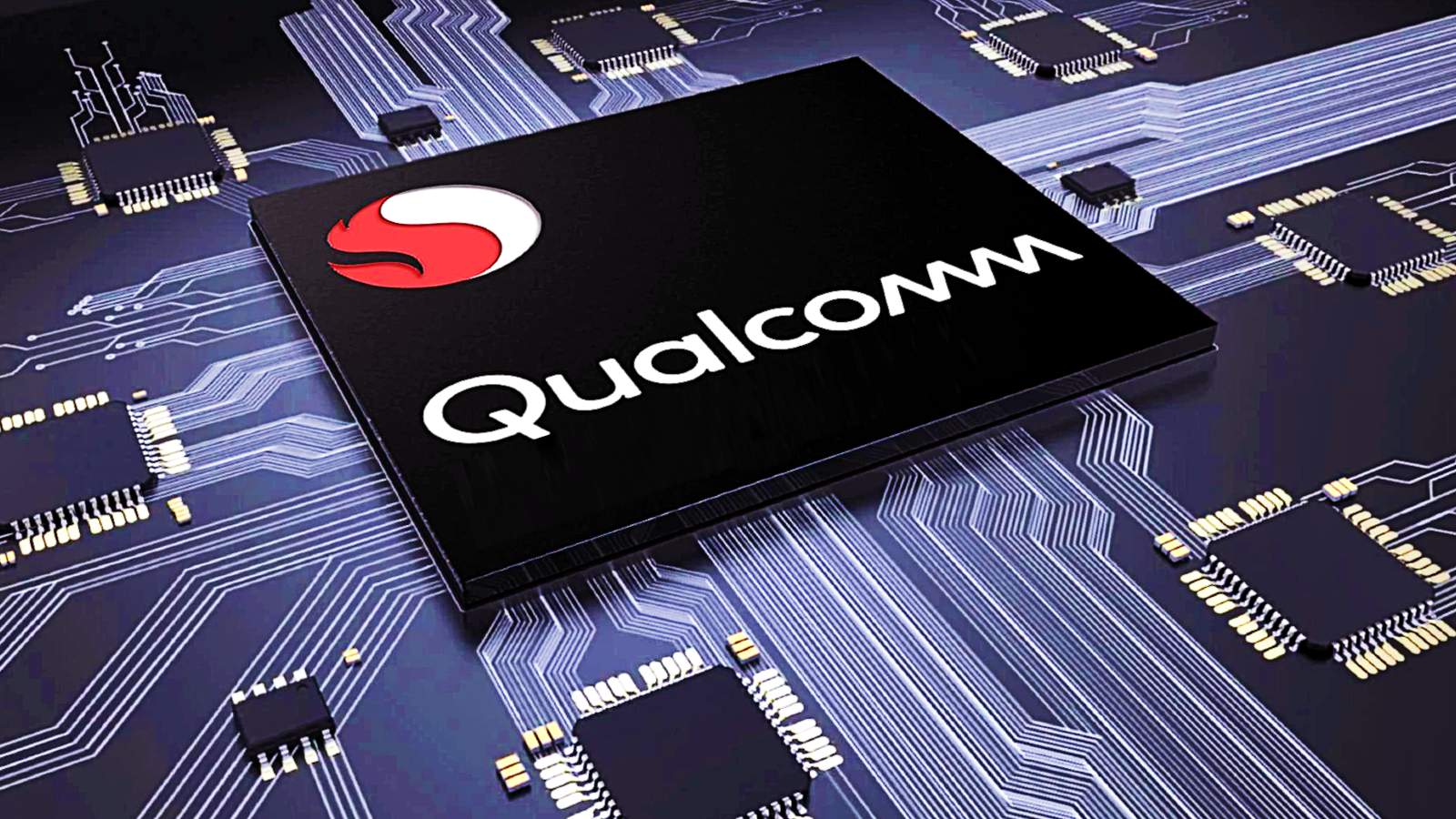Embedded Android hardware and other IoT electronics are becoming more prevalent in traditional machines; turning traditional machines into smart devices. A smart device is a product that can communicate information to and from the internet directly or indirectly (like through Bluetooth). That means a person or computer can control the device and receive data from the device remotely. A simple and early example of this is embedding a temperature sensor and internet connectivity into an air conditioner so it turns on/off automatically or can be monitored and controlled remotely. A more complex example is embedding different sensors into parts of farm equipment for preventative insights into upcoming mechanical failures.

The list of examples goes on. Traditional devices from refrigerators to electric meters to exercise equipment are all undergoing a renaissance thanks to small, low power electronic systems powered by Android or other RTOS operating systems. There are many benefits to making devices ‘smart’. One major benefit is the ability to monitor devices and their surrounding environments remotely. This saves labor cost and alerts companies about problems more quickly or in advance of the problem happening.
Recently Hatch was tasked with redesigning a custom Android device for use in a freezer. This device was originally designed for external use. Embedding the custom Android device in a freezer comes with new challenges. Challenges exist with integrating any new electronics into an existing device. If nothing else the challenge is where to position the device, but usually these challenges extend much further.

In the case of embedding an Android device into a freezer the initial key considerations were how to avoid high temperature and weak signal strength. The location of the Android device ideally has a room temperature and does not block the signal. Except for inside the freezer, other parts of the freezer are subject to higher temperatures coming from the motor that drives the cooling function. Freezers are built with insulation and metal materials which, in addition to restricting air circulation, decrease or block cellular signal strength.
Normal operating temperature of electronics is 0-70 degrees Celsius (32-158 degrees Fahrenheit). Automotive and military grade electronics have a wider range, but those electronics also have higher costs, which wouldn’t work for this project. In normal room temperatures around 21 degrees Celsius (70 degrees Fahrenheit), Android electronics, primarily the CPU or other ICs, regularly reach 50-55 degrees. In a 50 degree Celsius environment the operating temperature will easily exceed 70 degrees Celsius. So the first challenge is finding a place where the baseline temperature won’t get too high.

The rugged construction of a freezer will often impact the quality of signal strength. To ensure a high quality cell signal, it’s necessary to put the Android device inside the freezer and test whether there’s any signal blockage. A location with both good signal strength and the right temperature may require a custom electronics design to fit properly.
Other electronics changes should be taken into consideration when making the custom design. Freezers use a higher voltage than a typical Android device uses, so an internal power adapter is necessary when power goes from the freezer to the Android device. The physical connections used by the freezer are also different from a normal wall or USB plug.

Temperature, signal strength, design, interfaces, and components are all important factors that go into creating custom embedded Android hardware that go inside any industrial device. Each industrial device will come with its own set of challenges. More obvious challenges we can foresee and design around. Others become clear through proper testing. Like any custom project, getting the best result comes from taking the first step, testing, finding problems, and fixing them.


